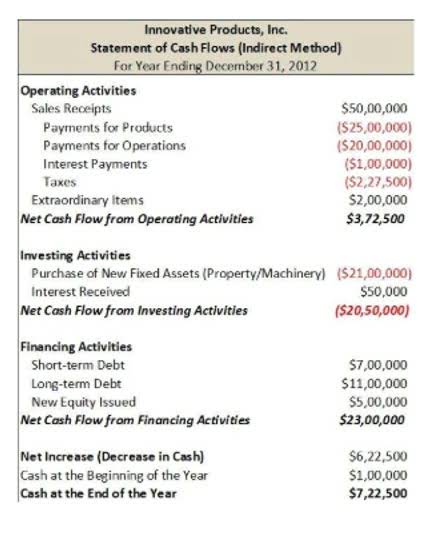
For example, categorizing capital expenditures as operating expenses can artificially inflate operating income, misleading stakeholders. Adhering to accounting principles that how is sales tax calculated distinguish between expense types ensures accurate financial portrayal. Using detailed charts of accounts and consulting financial professionals can help maintain clarity and consistency in reporting.

For this type of statement, revenue and expenses are each reported in the two sections for continuing operations. Expenses and losses are deducted from revenues and gains to arrive at net income. The term single-step comes from the single subtraction that is needed to arrive at net income, before discontinued operations. Income tax expense is usually reported separately as the last item before net income, before discontinued operations, to show its relationship to income before income tax.
Comprehensive income is the change in equity (net assets) of a business enterprise during a period from transactions and other events and circumstances from non-owner sources. The statement of comprehensive income illustrates the financial performance and results of operations of a particular company or entity for a period of time. Creating a comprehensive income statement template is essential for businesses to track their financial performance.
Reclassification adjustments are amounts recognised to profit or loss in the current period that were previously recognised in OCI in the current or previous periods. Examples of items recognised in OCI that may be reclassified to profit or loss are foreign currency gains on the disposal of a foreign operation and realised gains or losses on cash flow hedges. Those items that may not be reclassified are changes in a revaluation surplus under IAS 16® , Property, Plant and Equipment, and actuarial gains and losses on a defined benefit plan under IAS 19, Employee Benefits. The purpose of comprehensive income is to show all operating and financial events that affect non-owner interests.

This helps in judging not just the present profits but also future financial Bookstime stability. It gives a complete picture of a company’s financial status and how its equity changes. Both the comprehensive and traditional income statements are crucial.
The cash inflows are the cash amounts that were received and/or have a favorable effect on a corporation’s cash balance. This means that a corporation with $100,000 of current assets and $100,000 of current liabilities has no working capital. If it has $150,000 of current assets and $100,000 of current liabilities, it has $50,000 of working capital. Many corporations have accounting years that begin on January 1 and end on December 31. This one-year period of time (or time interval) is referred to as a calendar year. A calendar year corporation will have quarterly accounting periods that end on March 31, June 30, September 30, and December 31.
Many companies add other comprehensive income data to the income statement, noted as a footnote. Not all companies publish the Statement of Comprehensive Income; only those with large-scale businesses and unrealized income or loss typically do. Here I provide a basic understanding of what an income statement and other comprehensive income entail. For example, Company ABC invests a substantial amount in debt securities like stocks, bonds, mutual funds, or gold. Although these aren’t recognized as income in the income statement, they are considered unearned income for the company. A Comprehensive Income Statement, also known as the Statement of Comprehensive Income (SCI), offers a broader view of the company’s income.

Details about diluted earnings per share will be covered in the next intermediate accounting course. The sum of all the revenues, expenses, gains, and losses to this point represents the income or loss from continuing operations. This is a key component used in performance statement of comprehensive income analysis and will be discussed later in this chapter.